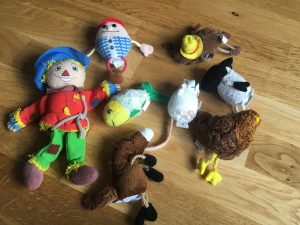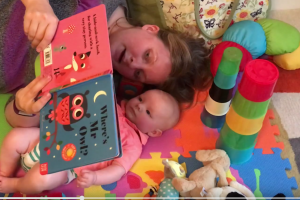This is an area of great debate in the SLT profession as to whether it is our role to support with literacy difficulties in our clients. In schools Literacy and Phonic skills often go together and as Speech and Language Therapists we support children with phonological difficulties (speech sound errors) and those with language difficulties affecting their ability to construct spoken sentences. So what is the difference between the written and spoken language?
Let us define the terms Literacy and Communication to better help us understand how they both interlink and are separate.
Literacy – ‘the ability to read and write’
Communication – ‘the imparting or exchanging of information by speaking, writing, or using some other medium’





